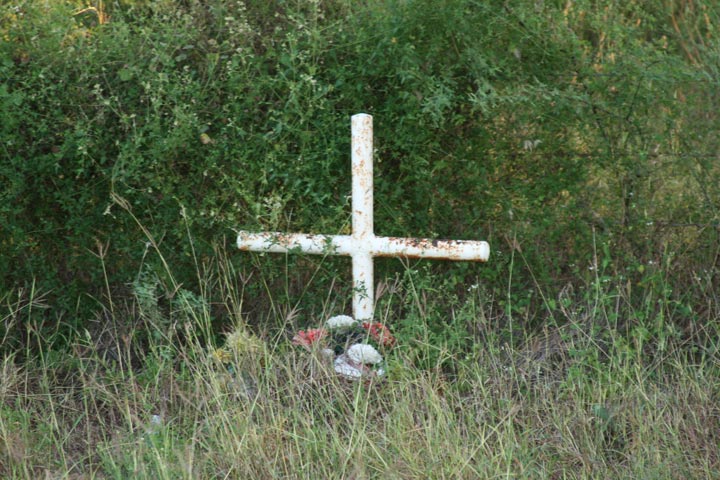 I sure wish we could figure out a way to harness the emotional energy associated with people's reaction to the new flu virus, and use it to help us transform our society and our world. Or, for that matter, engage our media at that kind of level.
I sure wish we could figure out a way to harness the emotional energy associated with people's reaction to the new flu virus, and use it to help us transform our society and our world. Or, for that matter, engage our media at that kind of level.This has been a page 1 story for days now. It is totally out of control and out of proportion. This blog (fivethirtyeight) reported about a study asking people if they knew someone who had gotten swine flu. 3.2% said they did! 3.2 percent!! They backed these numbers out to show that we'd need about 35,000 cases of swine flu for that many people to report they know someone with it, yet there are only a couple of hundred confirmed cases in the US. What is going on?
Here are some facts about this year's ('08-'09) flu season: the non-swine flu that has been circulating since last fall.
- Through its normal sampling testing, CDC has tested more than 25,000 positive specimens for flu, representing 14% of all samples they tested--indicating that literally millions of people have contracted the flu this season.
- 55 pediatric deaths have been attributed to the flu this season
- There have been at least two pediatric deaths every single week since the last week of January
- There were 10 pediatric deaths due to flu the week of February 28 (but no page 1 story; in fact, no story at all that I can recall)
- Just 3 weeks ago more than 7% of ALL deaths reported in the US were due to the flu. That would represent something like 3,000 people just in that one week.
- 13,000 people have died this year from flu
- In 2005, 63,000 Americans died of the flu. 63 THOUSAND!! Where were the news stories?
- Just two months ago 31 states reported "widespread influenza activity."
 Today's Washington Post quoted a woman named Beth Pendergast:
Today's Washington Post quoted a woman named Beth Pendergast:"I heard this morning that a toddler died in Texas. And now, suddenly, there's a case in my back yard," Beth Pendergast, whose daughter Danielle is a third-grader at Folger, said late yesterday. "To be honest, my family is scared, and I'm scared. Even though they're taking all the precautions, it's still my child. At this point, there's no way I'm sending her to school tomorrow."
HELLOOO! Did she keep her child home all winter long, too? Children were dieing every week from the flu, and presumably other children in her kid's school had it. At this point there is no indication that this particular virus is either more contagious nor more virulent than the dozens of other flu viruses currently in circulation. In other words, people should take the same precautions and behave the same way now as they do during any winter month when flu is going around. (Be careful crossing the street, too.) This stuff drives me nuts.
How can we get a person like Ms. Pendergast equally engaged on fighting global climate change? In the end, the world her child grows up in will be far more affected by climate change than by this flu virus. And it's likely it will have a greater affect on her child's health and life expectancy, too--not to mention her quality of life as well.
On the other hand, it makes for some mighty fine entertainment and insights:
MinnPost
TechCrunch
Swine Flu vs. Financial Panic

















